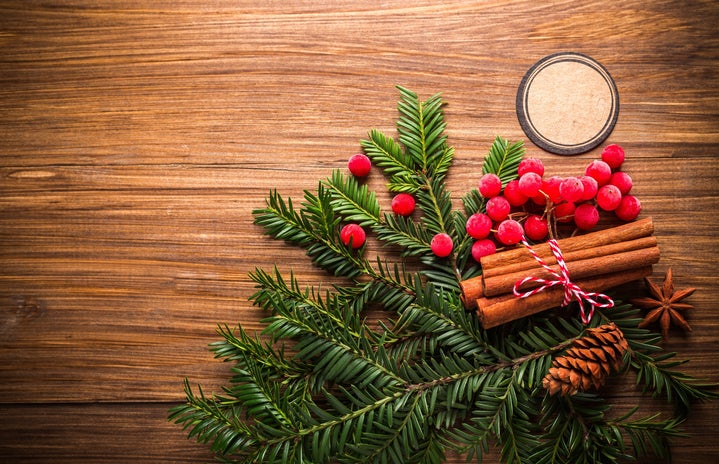We are all very familiar with the Christmas tree model often seen in America during December, but have you considered what Christmas looks like around the world? In this piece, I dare to investigate various holiday traditions that might surprise you or, perhaps, inspire a new Christmas custom for your family!
1. Italy
As a primarily Catholic country, Italy emphasizes the Nativity scene in its holiday affairs. Various models from a range of designs and sizes can be found in many Italian households. Naples, in particular, is known for its gorgeous, creative craftsmanship of the Nativity. Designs can feature modern day elements such as politicians and celebrities in addition to more traditional characters. Some of the more expensive designs feature up to 600 pieces!
2. Germany
In Germany, the Christmas tree plays an even more integral part than it does in the United States. It is usually brought in on Christmas Eve (instead of November first) and left bare until the children go to sleep. From there, the parents decorate the tree for the next morning and say that the “Spirit of Christmas” was responsible!
3. The United Kingdom
As with many other parts of Europe, the United Kingdom features Christmas stalls throughout many of the cities. These adorable markets sell food, drinks, and holiday decorations while being absolutely charming. While talking to a British friend of mine, she asked how California felt like Christmas without these stalls. Honestly, I have to agree– let’s bring Christmas markets to the US!
4. Bulgaria
Christmas in Bulgaria surrounds itself with vibrant superstitions and customs. Food is set out on the table on the twenty-third so the ancestors may have something to eat during the night. Additionally, all dishes must be in odd numbers relative to the odd number of people present at the table. The holiday tends to be celebrated mostly on Christmas Eve, but some families will have another large dinner the next day.
5. Haiti
In Haiti, people really party for Christmas! On Christmas Eve, homes stay open until the early light and children are allowed to roam around the neighborhood without their parents knowing where they are. A semi alcoholic drink called “Anisette” is consumed by kids and adults alike. Also, although Christmas trees are seen in many Haitian homes, children leave shoes filled with straw under the steps in the hopes that Santa will exchange the straw with presents left in and around their foot wear.
6. Mexico
In Mexico, Christmas is celebrated from December sixteenth to the twenty-fifth with each night commemorated by a Posada. The Posadas represent the journey taken by Mary and Joseph in their search for an inn. During the Posada, people carry candles and sing songs begging for a room. On the last day, when the “inn” is found, a baby Jesus is placed in the manger there. Afterwards, everyone goes to celebrate with a midnight mass.
7. Ethiopa
The Ethiopian Orthodox Church still uses the Old Julian Calendar so Christmas is celebrated on January seventh! On Christmas eve, people tend to fast, which is extremely distinct from the huge meals seen in some of the other countries. At dawn of Christmas Day (or, Ganna, as it is called there), people dress in traditional white toga-like garments called a “shamma”. On the 7th, people celebrate together with a nice stew and outdoor activities. Presents are not a huge part of the holiday as family time and religion are more emphasized.
8. China
Christmas isn’t celebrated as widely in China as only a small portion of the population is Christian. For those who do acknowledge the holiday, apples play a large part. Many markets and stores sell paper wrapped apples to give as gifts on Christmas eve. The word for Christmas Eve translates to “Silent/Peaceful Night” and the word for apple sounds like the word for “peace” so, due to that association, the apple was incorporated into the holiday.
9. Greece
In Greece, a wooden bowl is held by a string and filled with holy water. A sprig of basil and a cross hang a bit above the water. Once a day, a parent take the cross and basil and use it to sprinkle holy water around the house to ward of mischievous spirits. Known as “kallikantzaroi”, these spirits come through the chimney between December twenty-fifth and January sixth.


